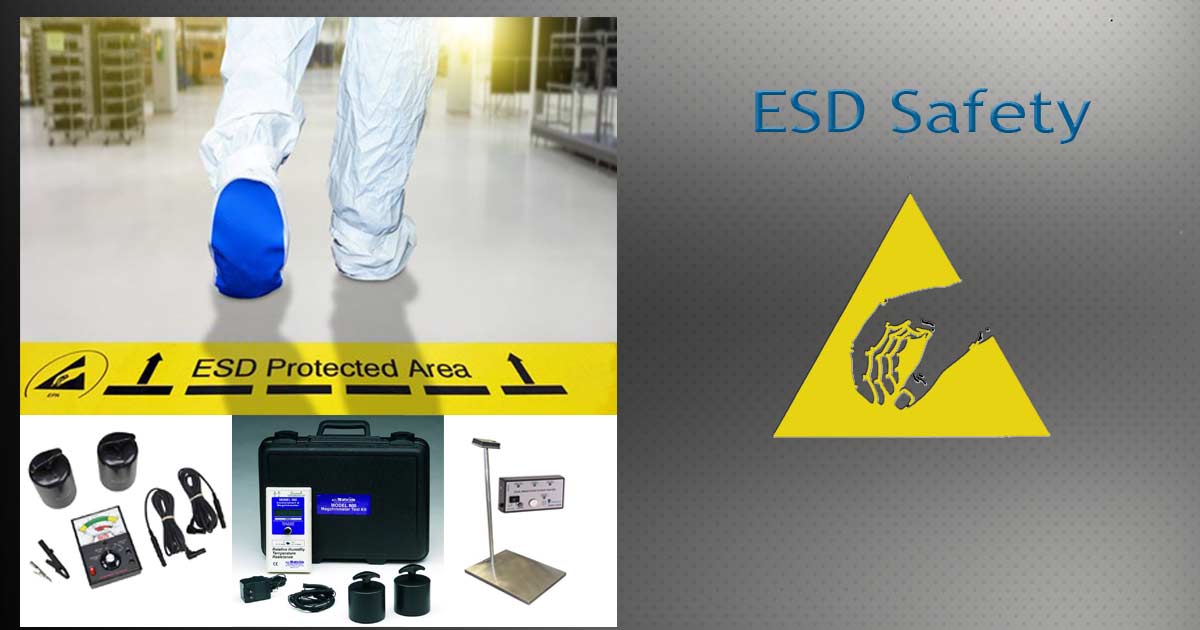How to Train Your Staff on ESD Safety Procedures
- Effective ESD safety training prevents costly product failures and protects sensitive electronics.
- Employees must understand how to use ESD-safe tools, grounding equipment, and protective gear.
- Hands-on training and routine testing reinforce proper ESD handling techniques.
- Compliance with ANSI/ESD S20.20 standards ensures workplace safety and reliability.
- Regular refresher courses help teams stay up to date on ESD control best practices.
Why ESD Safety Training Matters
Electrostatic discharge (ESD) is a leading cause of damage in electronics manufacturing, assembly, and repair. Without proper ESD safety training, employees may unknowingly introduce static charges that compromise sensitive components, leading to latent failures, product recalls, and compliance issues. A well-trained team ensures ESD protection is consistently applied throughout all handling, storage, and production processes.
Essential Elements of ESD Safety Training
1. Understanding the Risks of ESD
Employees must recognize the dangers of static discharge and its impact on electronic components. Even small electrostatic events—below the human sensory threshold—can cause irreversible damage. Training should cover:
- How static electricity is generated.
- The damage ESD can cause to semiconductors and circuit boards.
- The importance of preventive measures in an ESD-controlled environment.
2. Teaching Proper Handling Techniques
Improper handling of ESD-sensitive devices is a common cause of failures. Training should emphasize:
- Always wearing personal grounding devices like wrist straps and heel grounders.
- Using ESD-safe gloves when direct handling is required.
- Keeping sensitive components inside shielding bags until they are installed.
3. Implementing ESD-Safe Workstations
Workstations must be properly equipped to control static discharge. Employees should learn:
- How to properly ground ESD work surfaces and tools.
- The function of anti-static mats, dissipative flooring, and ionizers.
- Why ESD-safe chairs and shelving are necessary for compliance.
4. Reinforcing Compliance with Industry Standards
ANSI/ESD S20.20 is the primary standard for ESD control. Training should ensure employees:
- Understand workplace compliance requirements.
- Follow documentation and audit procedures.
- Use calibrated ESD testing equipment to verify grounding effectiveness.
5. Hands-On Training and Routine Testing
Hands-on practice is essential for reinforcing ESD safety training concepts. Employees should participate in:
- Regular testing of wrist straps, footwear, and workstations.
- Simulated ESD incident scenarios to demonstrate risk factors.
- Evaluations to assess their ability to follow ESD protocols.
Keep Your Team ESD-Compliant with the Right Tools
An effective ESD safety training program reduces equipment failures, improves product reliability, and ensures compliance with industry standards. Q Source offers a full range of ESD-safe solutions, including grounding equipment, anti-static mats, ionizers, ESD-safe seating, personal grounding devices, and testing tools to help your team stay protected.
Check out our ESD training and protection products to build a safer, more reliable workspace.


